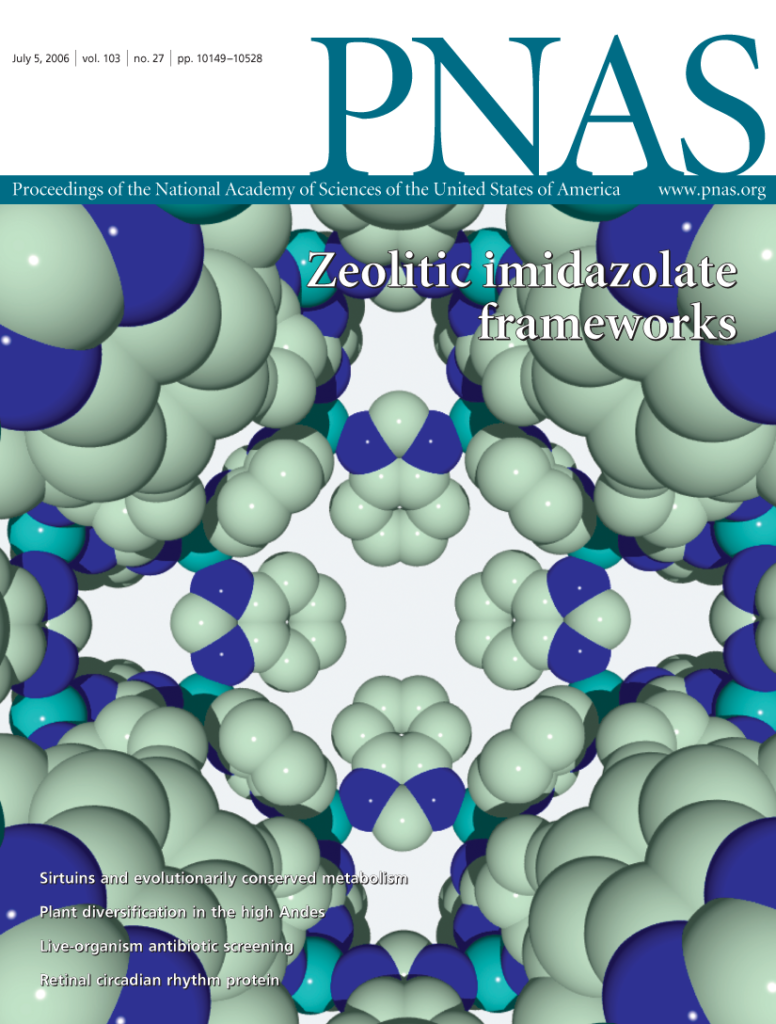The authors of a 2006 paper have retracted their article following an extensive correction in January – and a Retraction Watch story noting the correction missed at least one additional issue with the work.
“Death-receptor activation halts clathrin-dependent endocytosis,” published in July 2006 in Proceedings of the National Academy of Sciences, has been cited 99 times, according to Clarivate’s Web of Science. Most of the authors were affiliated with the biotech company Genentech.
As we previously reported, commenters on PubPeer raised issues about possible image duplications, spurring the authors to review the work. The January correction addressed about two dozen instances of image splicing and duplication in five of the paper’s figures. The notice stated the authors repeated the experiments for a manuscript posted on bioRxiv in October 2024. “The new data confirms the original results, reaffirming the experimental conclusions,” the authors wrote in the correction notice.
Biologist and scientific sleuth David Sanders identified another image duplication in the paper, which he reviewed at our request. Prashant Nair from the PNAS news office told us at the time it was “inadvertently omitted,” and the journal would update the correction notice to include the duplication.
But on May 15, the article was retracted instead. The retraction notice reiterates the “additional potential duplication” had been “previously identified and submitted for correction by the authors, but inadvertently omitted from the January 3, 2025, correction note.” The statement, attributed to the authors, concludes, “At this time, we believe that retraction, rather than further correction, is the most prudent course of action.”
Nair confirmed the authors decided to retract the article, as did a representative from Genentech. “We confirm that the authors believed retraction to be the most prudent course of action, and on that basis, requested retraction of the paper,” said Karen Ring, Genentech senior manager for science communications, public affairs and access. Both Nair and Ring said they had nothing further to add beyond the retraction notice.
“Compared to many cases in which I am involved, the authors and the journal have acted somewhat swiftly and ultimately correctly,” Sanders said.
He also suggested that corrections should be subject to scrutiny. “With an alarming frequency, initial corrections prove to be either inadequate (as in this example) or actually deceptive (as in many other examples),” he said. “Corrections should be monitored by sleuths as closely as the original articles.”
Like Retraction Watch? You can make a tax-deductible contribution to support our work, follow us on X or Bluesky, like us on Facebook, follow us on LinkedIn, add us to your RSS reader, or subscribe to our daily digest. If you find a retraction that’s not in our database, you can let us know here. For comments or feedback, email us at [email protected].

“Corrections should be monitored by sleuths as closely as the original articles.”… eerr… We all love sleuths, but in a normal world, the cleaning up of the scientific literature should not be the job of unpaid volunteers who don’t even have any legal protection. In the current environment they are doing it because publishers and scientific societies and granting agencies are asleep at the wheel.
Why is this:
> two dozen instances of image splicing and duplication in five of the paper’s figures
subject to mere “correction” in the first place? I’d think an immediate retraction was called for.